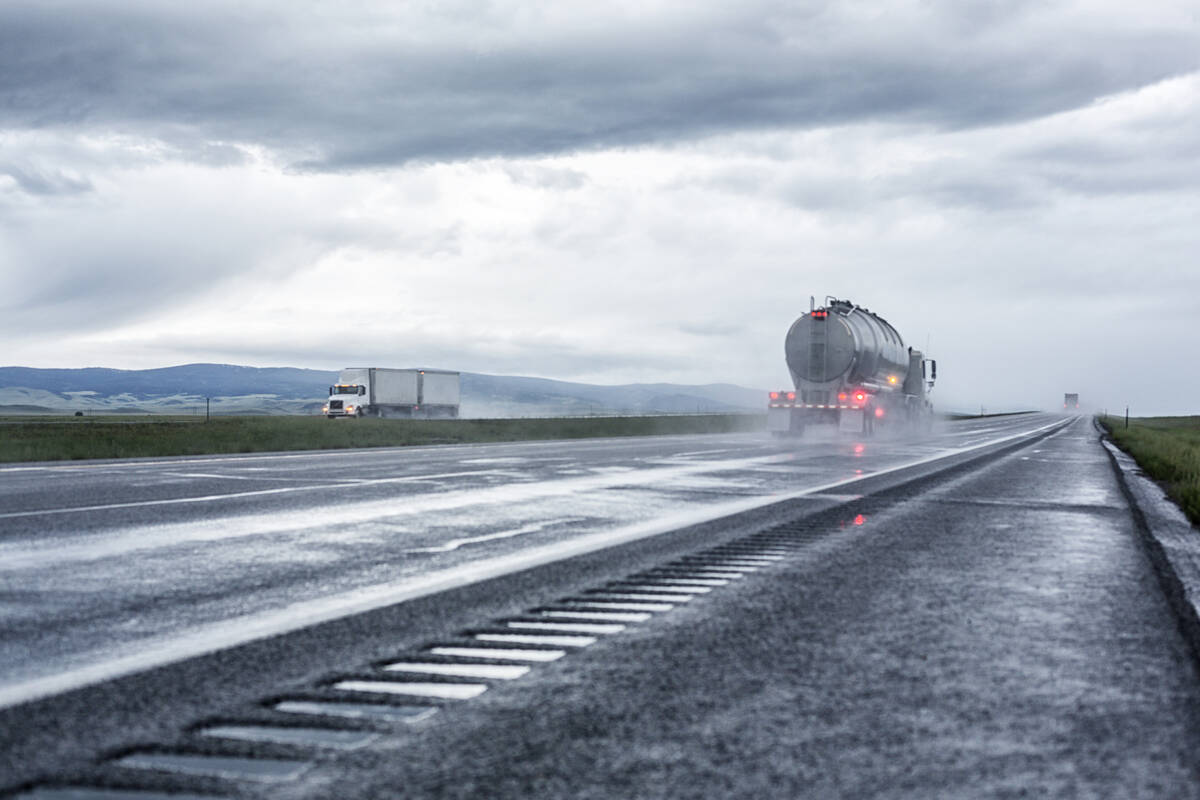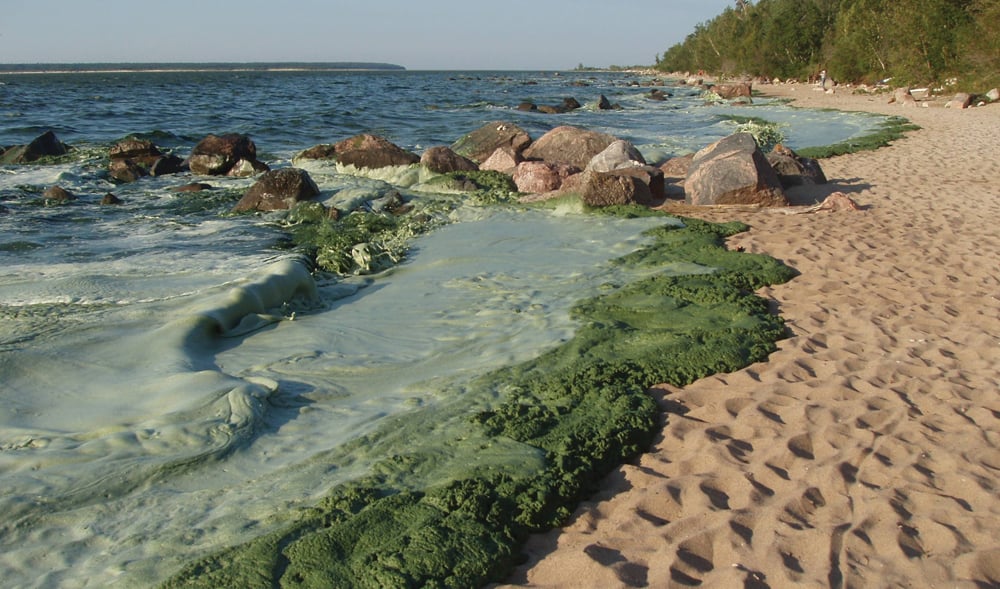Biology teacher Rick Korman likes to give his students a practical demonstration of how the science applies to local lakes and rivers.
“Any time you can make curriculum have purpose and meaning for kids, the better chance they are going to have to acquiring whatever objective you are trying to teach,” said Korman, who has taught Grade 6 to 12 biology at Killarney School for the past 19 years.
Last year he received the 2014 Conservation Award from the Turtle Mountain Conservation District (TMCD) for his personal contributions toward improving Killarney’s watershed and his passion to incorporate lake-centred learning opportunities in his classroom.
Read Also

Province pledges funds to CentrePort Canada
The Manitoba government has pledged $450,000 towards projects at inland port CentrePort Canada.
“It is not that conservation is a big part of the biology curriculum but there are certainly aspects of it that fit and my personal interest in the watershed is simply because I live here and I want a solution for our lake. It was something I needed to get involved in,” Korman said.
Killarney Lake has been plagued with toxic blue-green algae blooms for a number of years.
Korman has personally studied the lake for the past 15 years and has been an active member of the Killarney Lake Action Committee (KLAC) for more than a decade.
“The big issue here is nutrient loading,” said Korman. “We can suppress the algae all we want but it is going to keep coming back because the food source is there. We need to figure out what we can do about this, how we can clean it up and in a cost-effective, manageable way.”
In 2011, Korman joined Brandon University professor, William Paton to assist Manitoba Water Stewardship in testing the lake.
More recently he has been involved in a partnered project through the KLAC with the University of Manitoba to perform a three-year study on the lake in hopes of finding a long-term solution.
“We just finished the second year of a three-year study. The first year our University of Manitoba associate did some analysis. This year he set up six microcosms in the lake to try a few different possible solutions,” said Korman. “He is currently wrapping up his analysis from year two and then will give us a presentation about how the second year went and what the data is showing us.”
The KLAC hopes the study will provide a tangible solution, and that a mass application can be applied to the lake next year.
Harvesting algae
Last spring Korman involved his Grade 6 students in a cattail harvest. The cattails were later transplanted along a riparian zone of a tributary that flows into Killarney Lake.
“We are in an agriculture community and it was one of my students who said, ‘Every fall my mom and dad harvest the land. Why don’t we harvest the lake?’ Why isn’t harvesting a practical approach to all of these watersheds? And, it kind of made sense,” he said.
Korman and his classroom also partnered with the TMCD for a project that looked at expanding the west-end wetlands with the goal of creating a bigger “kidney” to help clean the water coming into the lake.
“After discussion in our classroom, we also decided to try harvesting the algae. I had my students come up with some harvester prototypes. We took that idea to some local engineering fellows and worked with them to create a model.”
The algae harvester attached to the rear of a boat and gathered algae from the top of the lake. Manitoba Agriculture is currently testing the algae that was collected for possible uses, as it is high in phosphates.
“Many times people think of the traditional roles that biology serves. I think more than anything I have been able to open up kids’ minds to everything else that can be associated with the field, whether that is research, conservation, or the engineering side of the environment.”
















